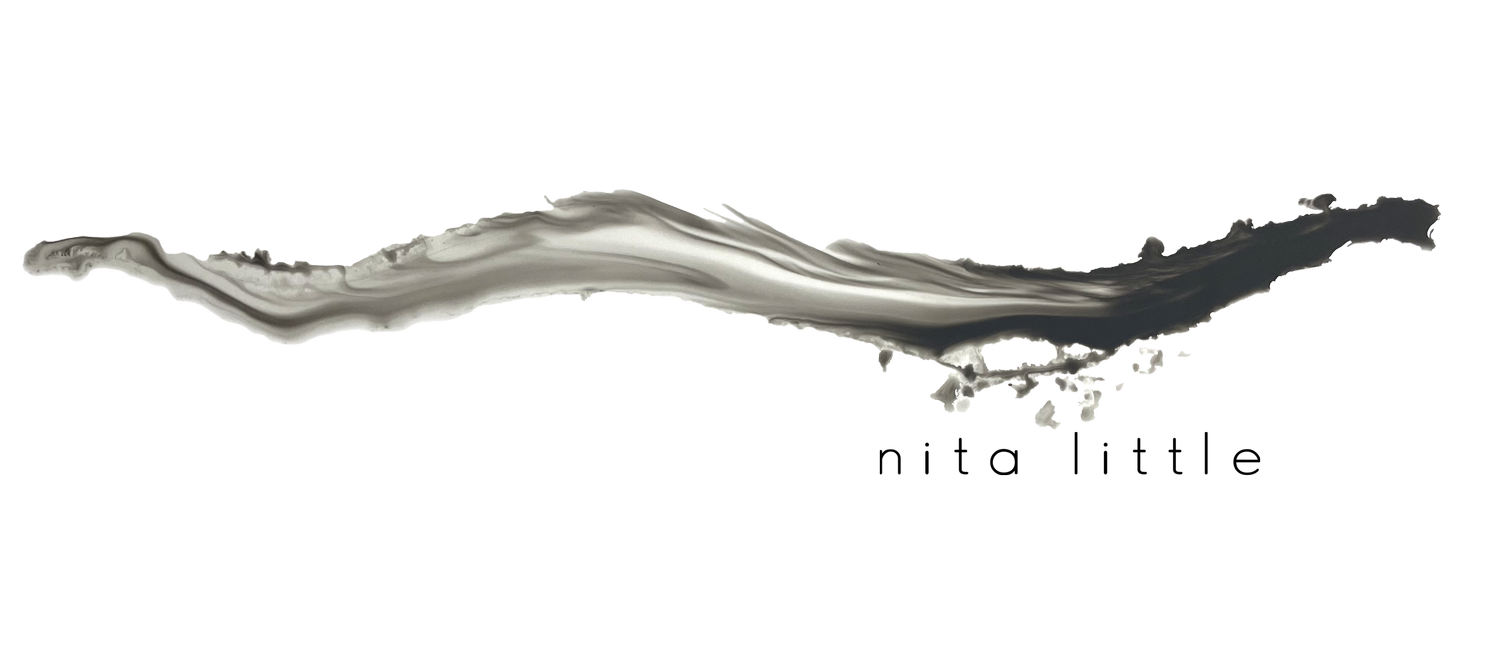September Asides
The idea that research occurred within embodied practices started in the 90s. Art making fell into this realm. Supporting this notion was the idea that thinking, and thus knowledge, are of many types and can be bodily based. Dance philosopher Maxine Sheets-Johnstone pioneered these ideas by pointing out that bodily thinking “is different ‘not in degree, but in kind’ from thinking in words” (quoted in Batson and Wilson 2014, 38)[i]. Art making fell into this realm. A Wikipedia contribution speaks of “Herbert Read's [1993] model of education through art [which] describe[s] different ways of thinking about research, noting that research could be for practice, where research aims are subservient to practice aims, through practice, where the practice serves a research purpose, or into practice, such as observing the working processes of others.” Practice as Research became an important inclusion in Art Departments, starting in the UK in 2007. Indeed, my PhD (2014) has a Practice-as-Research component.
This means that dance as an art - research practice being academically accepted as a research practice is not even 15 years old. I was one of the early actors in this realm. Indeed, Contact Improvisation was openly a research practice since 1972. So, these ideas were never new to me. However, there is a difference I wish to highlight. Most research in dance making is toward compositional actions. This is true of all art research, and granting bodies support this notion of the application of embodied research.
It became clear to me sometime in the 90s, around the time I started to study technologies of the mind – I was already deeply steeped and competent in technologies of the body in motion – that dance actions in ensembles spoke to a far greater knowing of being human than only in our art making practices. I was seeking what it means to be a body that is a mind. I came to understand that dance as a research practice could speak to embodied modes of living as human and that what we learn can influence all of our relations in all circumstances, even those relations beyond the merely human. Our granting institutions are slow to understand and support this understanding because we fall between art and science. We will challenge them as we seek money to support the ISSC in 2024. Once again we are on the edge of our cultural growth as we test the wilderness of theoretical understanding.
So, there you have it!
[i] Batson, Glenna and Margaret Wilson. 2014. Body and Mind in Motion:Dance and Neuroscience in Conversation. Bristol: Intellect Ltd.
